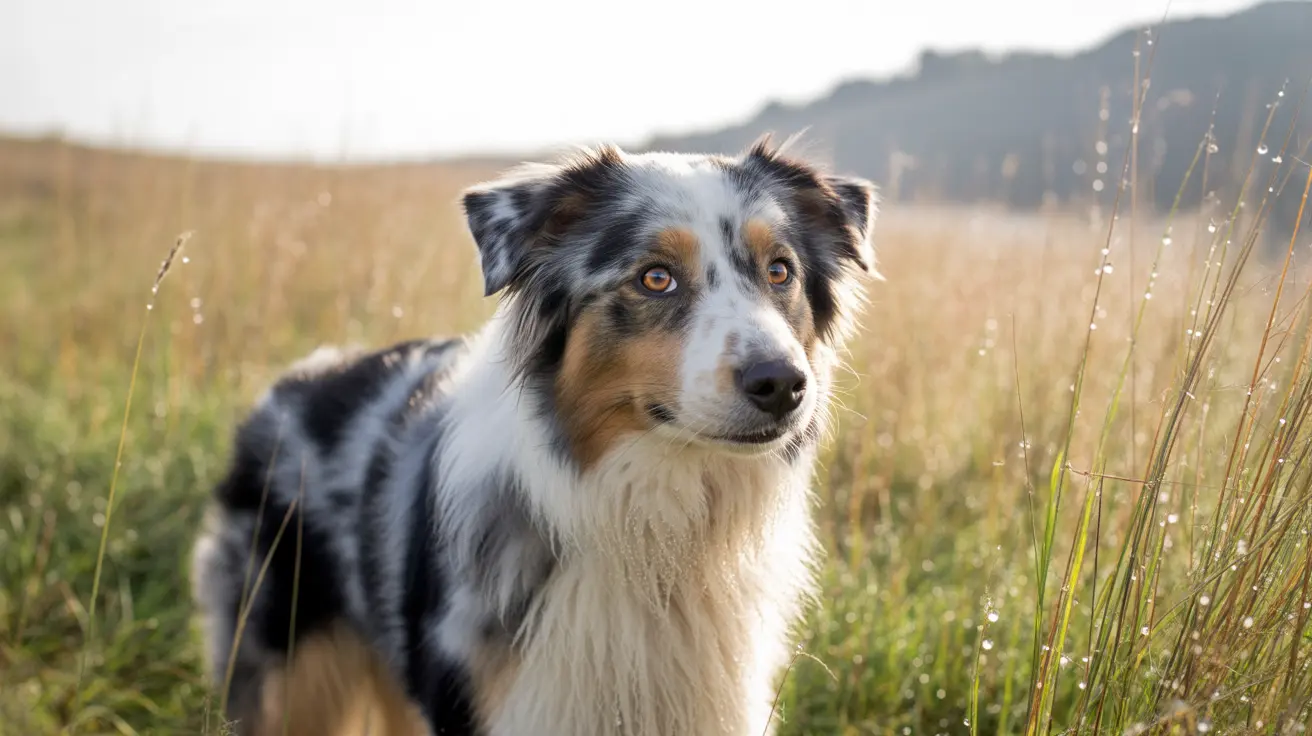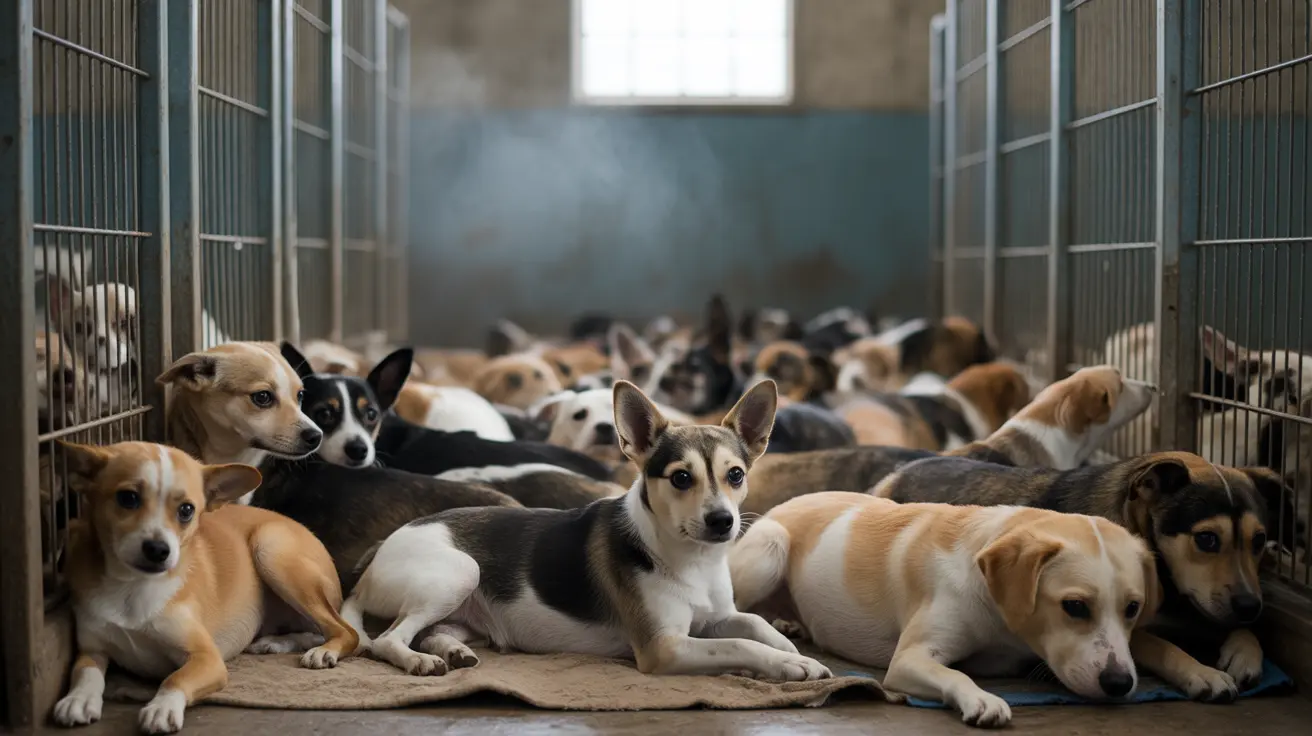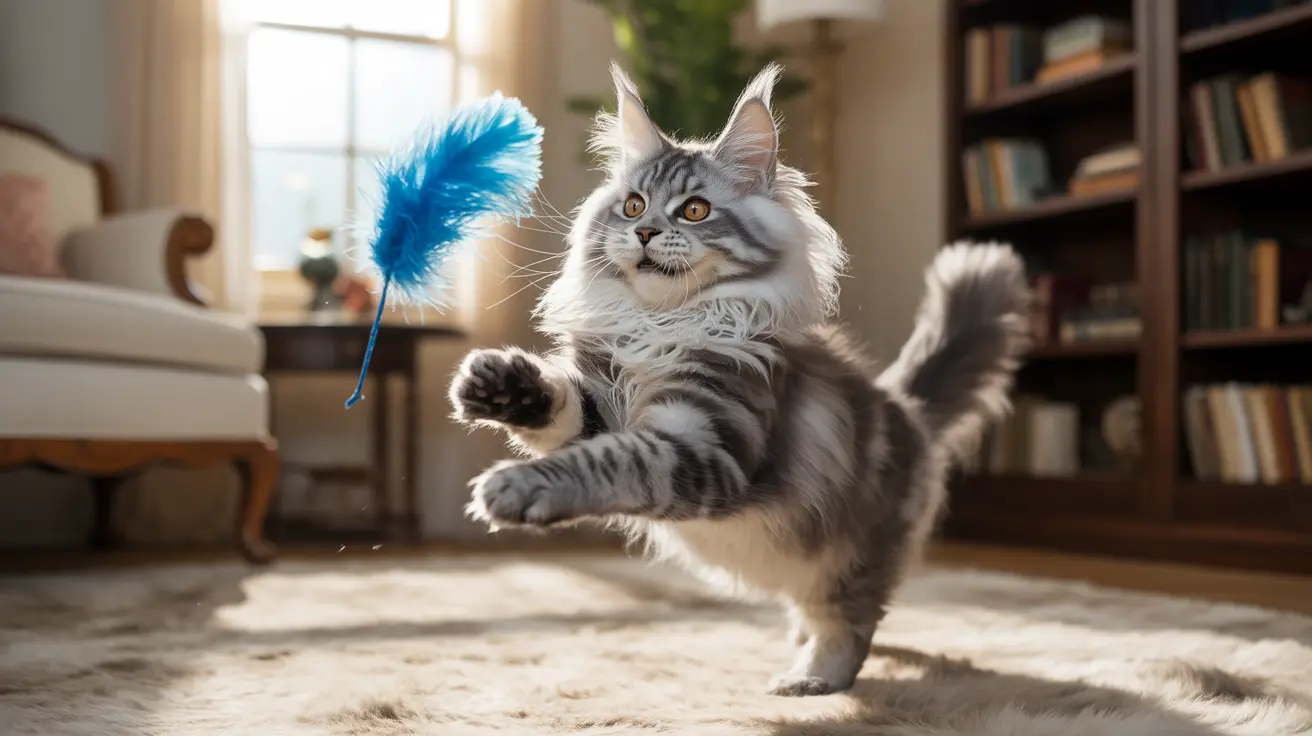How to Photograph Your Dog: Professional Tips for Stunning Pet Portraits
Taking beautiful photographs of your beloved dog doesn't require expensive equipment or years of professional training. With the right techniques and understanding of your furry friend's needs, you can capture stunning portraits that showcase your dog's unique personality and create lasting memories. Whether you're using a smartphone or professional camera, mastering the fundamentals of pet photography will transform your ordinary snapshots into gallery-worthy images that you'll treasure forever.
The key to successful dog photography lies in combining technical knowledge with patience and empathy. Dogs live in the moment and don't understand human intentions, so approaching photography sessions as positive bonding experiences rather than strict obedience exercises will yield far better results. By learning how to work with natural light, master basic camera techniques, and read your dog's body language, you'll be able to consistently capture those precious moments that truly reflect your pet's character.
Understanding Light: The Foundation of Great Dog Photography
Lighting is the most critical element when learning how to photograph your dog effectively. The quality of light can make the difference between a mediocre snapshot and a professional-looking portrait. Natural light should always be your first choice, as it creates the most flattering and authentic results.
The golden hours—early morning just after sunrise and late evening before sunset—provide the ideal lighting conditions for dog photography. During these times, the sun sits low on the horizon, creating soft, warm, and dreamy light that flatters your dog's features and fur texture. This gentle illumination eliminates harsh shadows and provides an even, natural glow that makes every photograph look professional.
When shooting during other times of the day, seek out large shaded areas to avoid the harsh shadows created by direct sunlight. Position your dog facing toward the brighter side of your location to ensure their face is well-lit and free from unflattering shadows. For creative effects, try shooting under trees with light filtering through the leaves—this technique can create beautiful bokeh effects when using wide apertures.
Essential Camera Settings for Dog Photography
Mastering Aperture for Shallow Depth of Field
Using the widest aperture possible (such as f/1.2 to f/2.8) creates a shallow depth of field that beautifully separates your dog from the background. This technique draws the viewer's attention directly to your pet while creating that dreamy, blurred background effect that characterizes professional portraits. Remember that longer focal lengths (85mm to 135mm) will produce an even narrower depth of field at any given aperture setting.
For optimal results, position your dog closer to the camera than to the background, maintaining roughly a 75:25 distance ratio. This positioning maximizes the depth of field effect and ensures your dog remains the clear focal point of the image.
Shutter Speed and Motion Control
Set your shutter speed to at least twice your focal length to avoid camera shake—for example, use a minimum of 1/200 second when shooting with a 100mm lens. However, when photographing dogs, you'll often need faster shutter speeds to freeze their natural movements effectively. A minimum of 1/400 second is recommended for most dog photography situations, with even faster speeds needed for action shots.
ISO and Image Quality
Keep your ISO as low as possible while maintaining proper exposure. Modern cameras handle ISO 800-1600 quite well, but try to avoid exceeding ISO 1600 to minimize digital noise that can degrade image quality. When shooting in challenging light conditions, it's better to slightly underexpose and brighten in post-processing than to push ISO too high.
Focus Techniques for Sharp Results
Use single-point autofocus and always focus on your dog's closest eye. The eyes are the windows to your pet's soul, and they must be tack-sharp for a successful portrait. If both eyes aren't equally visible, focus on the eye that's closest to the camera. Using single-shot focus mode rather than continuous autofocus gives you more control over your focus point and prevents the camera from hunting for focus during the shoot.
Composition and Perspective Techniques
The most transformative technique you can implement is shooting at your dog's eye level or below. This simple change in perspective creates more engaging and intimate photographs that connect viewers with your pet on an emotional level. Practice squatting, kneeling, or even lying on the ground to achieve the optimal shooting angle, especially for portraits and action shots.
Apply fundamental composition principles like the rule of thirds to create visually appealing images. Place your dog's eyes along the upper third line of your frame, and give them space to "look into" within the composition. Avoid cutting off limbs or body parts at joints, as this creates an uncomfortable feeling in the final image.
Pay careful attention to your background selection. Choose backgrounds that complement your dog's coloring and avoid distracting elements that compete for attention. Clean, uncluttered backgrounds help your dog stand out as the clear subject of the photograph.
Working with Your Dog's Personality and Behavior
Understanding that dogs live in the moment and don't comprehend human photographic intentions is crucial for successful sessions. Approach each photo shoot with patience, empathy, and a positive attitude. Transform the experience into a fun bonding activity rather than a training exercise.
Use motivational tools strategically to capture your dog's attention and enhance their expressiveness. Treats, favorite toys, and interesting sounds can help direct your dog's gaze and encourage alert, engaged expressions. However, avoid overusing these tools, as your dog may become distracted or overstimulated.
Read your dog's body language throughout the session. Watch for signs of stress, fatigue, or discomfort, and be prepared to take breaks or end the session if needed. A relaxed, happy dog will always produce better photographs than a stressed or uncomfortable one.
Equipment and Setup for Home and Outdoor Shoots
Camera Equipment Recommendations
While professional cameras offer more control, excellent dog photographs can be captured with smartphones using the right techniques. If using a smartphone, take advantage of HDR mode, portrait mode, and burst mode features. For professional cameras, longer focal lengths (85-135mm) are ideal for portraits, while wide-angle lenses (16-35mm) work well for environmental shots that include landscape elements.
Props and Accessories
When using props, choose items that complement rather than distract from your dog. Avoid neon colors or overly busy patterns that draw attention away from your pet. Simple props like flowers, baskets, or seasonal elements can add interest without overwhelming the composition. Generally, avoid dressing up dogs in costumes, as this can cause stress and rarely produces natural-looking results.
Consider using a reflector to add light to your dog's eyes and face, especially when shooting in shaded areas. This simple tool can dramatically improve the quality of your portraits by eliminating dark shadows and adding catchlights to the eyes.
Specialized Techniques for Different Scenarios
Action Photography
For capturing your dog in motion, ensure you're in a safe, enclosed area where your dog can be off-leash. Use burst mode to capture multiple frames in sequence, increasing your chances of getting the perfect action shot. Lie down or get low to create a more dynamic perspective that emphasizes movement and energy.
Macro and Detail Shots
Don't overlook the power of detail photography. Use macro lenses or your smartphone's macro mode to capture intimate details like your dog's eyes, nose, paws, or fur texture. These close-up shots can be just as compelling as full portraits and add variety to your photography collection.
Silhouette Photography
Create dramatic silhouettes by positioning your dog against a bright background (such as a sunset or bright window) and exposing for the background rather than your dog. This technique emphasizes your dog's shape and profile while creating artistic, mood-driven images.
Post-Processing and Editing Considerations
Proper post-processing can enhance your dog photographs without making them appear artificial. Focus on correcting white balance first—many indoor and shaded outdoor shots benefit from slightly warmer tones. Avoid overcooling your images, which can make them appear unnatural.
Brighten your dog's face and eyes selectively while removing any distracting background elements. Sharpen details like fur and whiskers to enhance the overall impact of your images. However, avoid overusing filters and presets that can make your photographs look heavily processed.
When editing, always aim to enhance your dog's natural beauty rather than dramatically altering their appearance. The goal is to create images that authentically represent your pet while showcasing them in the best possible light.
Tips for Different Ages and Temperaments
Photographing puppies requires extra patience and often an assistant to help manage and pose your young subject. Take many photographs to increase your chances of capturing sharp, well-composed shots, as puppies move frequently and unpredictably. Ensure puppies are clean and well-groomed before the session, paying special attention to their eyes and ears.
For energetic dogs of any age, consider exercising them before the photo session to help them settle down and focus better. This pre-session activity can make a significant difference in your dog's cooperation and attention span during the shoot.
Older dogs may require shorter sessions with more frequent breaks. Be mindful of their physical limitations and comfort needs, and don't push for shots that might cause discomfort or stress.
Frequently Asked Questions
- What time of day is best for photographing my dog outdoors?
The golden hours—early morning just after sunrise and late evening before sunset—provide the best natural lighting for dog photography. During these times, the sun creates soft, warm light that flatters your dog's features and eliminates harsh shadows.
- Should I use my smartphone or invest in a professional camera for dog photography?
Smartphones can produce excellent dog photographs when used correctly. Utilize features like HDR, portrait mode, and burst mode for best results. However, professional cameras offer more control over settings like aperture and ISO, which can be beneficial for achieving specific creative effects.
- How do I get my dog to look at the camera and stay still?
Use treats, toys, and interesting sounds to capture your dog's attention naturally. Approach the session as a fun bonding activity rather than strict training. Most importantly, be patient—dogs live in the moment and don't understand photographic intentions.
- What camera settings should I use for action shots of my dog?
Use a fast shutter speed (minimum 1/400 second), burst mode, and continuous autofocus for action shots. Keep your ISO as low as possible while maintaining proper exposure, and consider using a slightly narrower aperture to ensure your moving dog stays in focus.
- How can I make my dog's eyes appear sharper and more prominent in photos?
Always focus on your dog's closest eye using single-point autofocus. Shoot at your dog's eye level or below, and consider using a reflector to add light to the eyes. In post-processing, you can selectively sharpen and brighten the eye area.
- What should I avoid when photographing my dog?
Avoid using flash, shooting in harsh direct sunlight, cluttered backgrounds, and props that distract from your dog. Don't force your dog into uncomfortable positions or continue shooting if they show signs of stress or fatigue.
- How many photos should I take during a session with my dog?
Take many photographs, especially when working with active dogs or puppies. Use burst mode for action shots and movement. The more shots you take, the higher your chances of capturing that perfect moment with ideal expression and composition.
Conclusion
Learning how to photograph your dog successfully combines technical photography skills with patience, empathy, and understanding of your pet's unique personality. By mastering natural lighting techniques, appropriate camera settings, and proper composition principles, you can consistently create stunning portraits that capture your dog's authentic character and spirit.
Remember that the best dog photographs come from positive, relaxed sessions where both you and your pet are enjoying the experience. With practice and patience, you'll develop the skills needed to document your dog's life in beautiful, meaningful images that you'll treasure for years to come. The key is to start with these fundamental techniques and gradually build your expertise through regular practice and experimentation.






